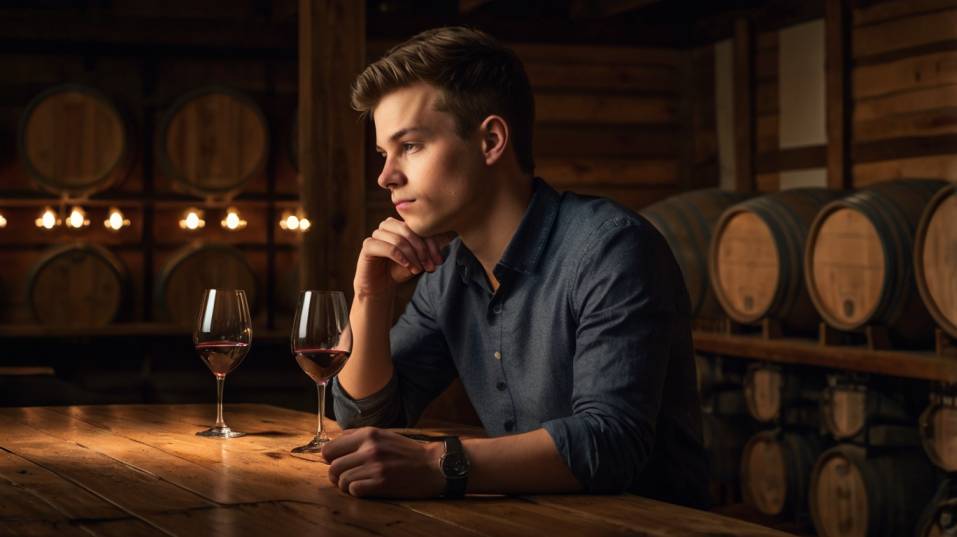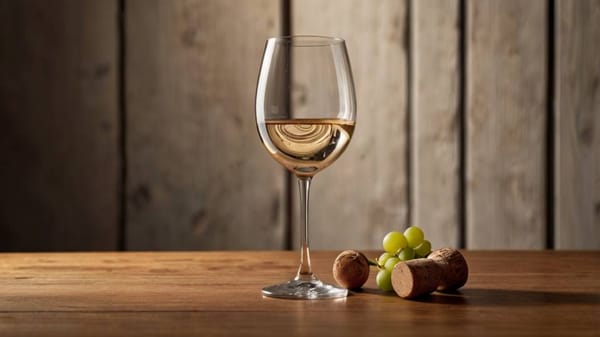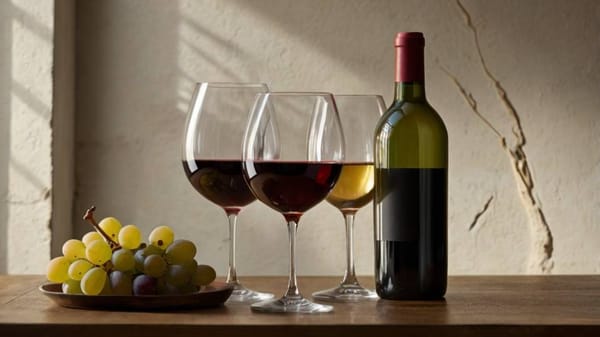Do You Need to Spit When Tasting Wine?
Curious if spitting is essential in wine tasting? Learn how this pro move sharpens your palate and helps you taste smarter—not just drink more.

Ever wondered why wine pros spit instead of sip? If you’re just getting into wine, it might feel strange—or even rude. But here’s the truth: spitting isn’t about etiquette, it’s about clarity.
When you stop swallowing, you start noticing. You stay sharp, your palate stays fresh, and the wines actually start to speak. Want to taste like a pro, not just drink like one? Spitting might be your smartest move.
Why Spitting Matters in Wine Tasting
When you’re drinking wine, your goal is enjoyment. When you’re tasting wine, your goal is understanding. And those are two very different modes.
Tasting asks you to evaluate. You’re exploring how a wine behaves, how it speaks, what it shows you over time. That level of focus is hard to maintain if you’re steadily swallowing alcohol.
Even small amounts add up. One-ounce pours might seem harmless, but over the course of ten or fifteen wines, your palate gets saturated.
Alcohol blunts your ability to detect detail. Acidity dulls. Texture flattens. Structure disappears under the weight of fatigue.
Spitting short-circuits that process. It gives you a longer runway to taste more wines without your senses slipping. It’s not a rejection of the wine—it’s a tool to help you taste it better.

Tasting Is a Skill, Not a Party Trick
Anyone can sip and say “I like this.” But learning why you like something is the foundation of wine literacy.
You’re training your palate to identify components: acid, tannin, fruit, minerality, alcohol, finish. These pieces come together to form balance or tension.
When you’re tasting intentionally, you’re asking, “How does this wine show up in my mouth?”
To do that well, you need a clear mind and a fresh palate. Swallowing interrupts both. You may still notice broad strokes—a juicy red, a buttery white—but the fine brushwork fades. You stop being able to distinguish elegance from simplicity.
Spitting gives you stamina. It gives you perspective. It lets you compare a racy Loire Chenin Blanc to a rounder Californian one without both turning into “white wine” by glass six.
How to Spit (Without Stressing)
Let’s demystify the mechanics. Spitting is simple once you do it a few times—and it gets easier fast.
You take a sip, swirl the wine around in your mouth just as you would normally. Breathe in slightly to engage aroma.
Then, instead of swallowing, lean forward and spit firmly and cleanly into the designated vessel (bucket, drain, cup—whatever’s available). Try not to dribble or hesitate. Think of it as exhaling.
Is it graceful? Not always. But in any serious wine context, it’s entirely expected. Walk into a winery tasting room, a wine certification class, or a trade event, and spitting is just part of the rhythm.
If anything, not spitting might mark you as inexperienced. Even in more casual settings, you can normalize it.
Say, “I’m tasting through a few wines—I’m going to spit so I can stay focused.” People get it. And more importantly, you’re giving yourself space to taste well.
When to Spit—and When You Don’t Have To
You don’t have to spit all the time. If you’re out to dinner with a bottle you love, enjoy it. If you’re opening something special at home and only tasting one or two wines, sipping and swallowing is part of the pleasure.
But if you’re:
- Working through a lineup of bottles at a shop or bar
- Visiting multiple wineries in a day
- Attending a walk-around tasting or class
- Tasting blind
- Trying to calibrate your palate for learning
…then spitting is your edge. It keeps you sharp.
Some tasters spit everything. Others taste and spit most, then swallow a few favorites. There’s no single rule. Just know what your goal is: Are you here to drink or to taste?
Building a Stronger Palate
The more you taste, the more patterns you start to recognize. Maybe you notice how high-acid wines lift the finish. Or how oak can sweeten tannin.
Maybe you begin to distinguish fresh raspberry from baked cherry, or saline from minerality. These aren’t magic tricks—they’re the results of attention and repetition.
Spitting makes that process more precise. It gives you more data, more contrast, more moments of insight.
Over time, you’ll develop an internal map of what balance feels like, what complexity smells like, what makes a wine memorable. And the confidence that comes with that? That’s where the real joy of wine starts.
Final Thoughts
You don’t need to spit to enjoy wine. But if you want to understand it, it’s one of your most useful tools. Spitting helps you stay clear, compare honestly, and recognize what’s in the glass—without being clouded by alcohol or fatigue.
Next time you open a few bottles, try this: taste, think, spit. Go back. Taste again. See what stands out. See what stays with you.
This is how your palate grows. This is how wine becomes something more than a drink—it becomes a language you’re learning to speak.
Try it. Taste with intent. And give yourself permission to spit. It might just be the moment when wine starts to truly make sense.




